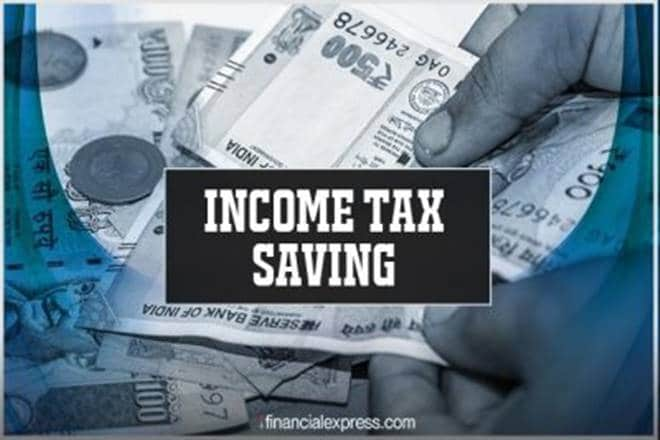The last date to save tax for the financial year 2018-19 is March 31, which incidentally is a Sunday. So, if you have not invested in a tax saving instrument yet, you need to act fast. By investing in a tax-saving scheme such as NSC, PPF or equity-linked savings scheme (ELSS) of a mutual fund, you may reduce your tax liability under section 80C of the Income Tax Act. The maximum that one is allowed to invest under section 80C is Rs 1.5 lakh per financial year.
While NSC does not come with regular income as the interest gets accumulated and paid on maturity, the PPF is a 15-year long investment with no regular income during the tenure. Therefore, for some looking to save tax and yet receive a regular income ( monthly or quarterly), the ‘5-year Tax Saving Bank Fixed Deposit’ works well.
Here we look at the SBI Tax Savings Scheme which is the 5-year Tax Saving Bank FD. Currently, the interest rate for SBI Tax Savings Scheme is 6.85 per cent per annum while for the senior citizens, the rate of interest is 7.35 per cent per annum.
To invest in SBI Tax Savings Scheme, one may either visit the bank branch where one holds an account or can even open it online through net banking if you have the ‘transaction rights’ or ‘limited transaction rights’. Through the online mode, the investment goes through immediately and the certificate is generated instantaneously to let one avail tax benefit on the same. For online investment, make sure your PAN is linked to your savings account. At the end of the lock-in period, the maturity proceeds are directly sent to one’s savings account.
Any resident Indian as an individual or in the capacity of the Karta of the Hindu undivided family, having Income tax Permanent Account Number (PAN) may invest in the SBI Tax Savings Scheme. The deposit may be made in joint name, the tax benefit, however, can be availed only by the first holder in whose name the investment is made.
While the minimum amount of deposit is Rs. 1000 or in multiples thereof, the maximum deposit cannot exceed Rs 1.5 lakh in a financial year.
SBI Tax Savings Scheme being a tax saver, unlike regular FDs, there is a lock-in period. The minimum tenure is 5 years and the maximum is 10 years. One is not allowed to exit or surrender the tax saving FD before the end of five years from the date of deposit. As per the rules, such deposits do not allow any partial or premature withdrawal and hence the lock-in is 5 years from the date of deposit. Further, such deposits do not allow any loan facility. Hence, one should invest in them only if sure that the funds will not be required for another five years. Such FD comes with nomination facility.
Although there is tax benefit on the investment made in both of these tax savers, the interest earned is fully taxable in them and have to be added to the income head ‘ Income from other sources’, in the year when the interest gets accrued. Thereafter, it is liable to be taxed as per one’s income slab.
Even though deposits up to Rs 1 lakh are covered under the Deposit Insurance and Credit Guarantee Corporation (DICGC) scheme, tax-saving fixed deposits may not prove to be an ideal investment avenue due to the inability of their post-tax returns to beat inflation costs over the long term of 5 years. Only ultra-conservative investors may consider investing in such deposits especially in the lower or middle tax slabs.


